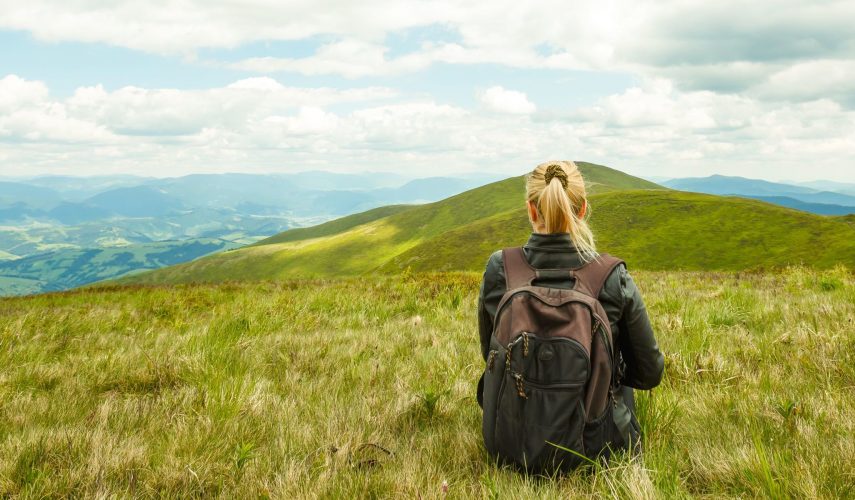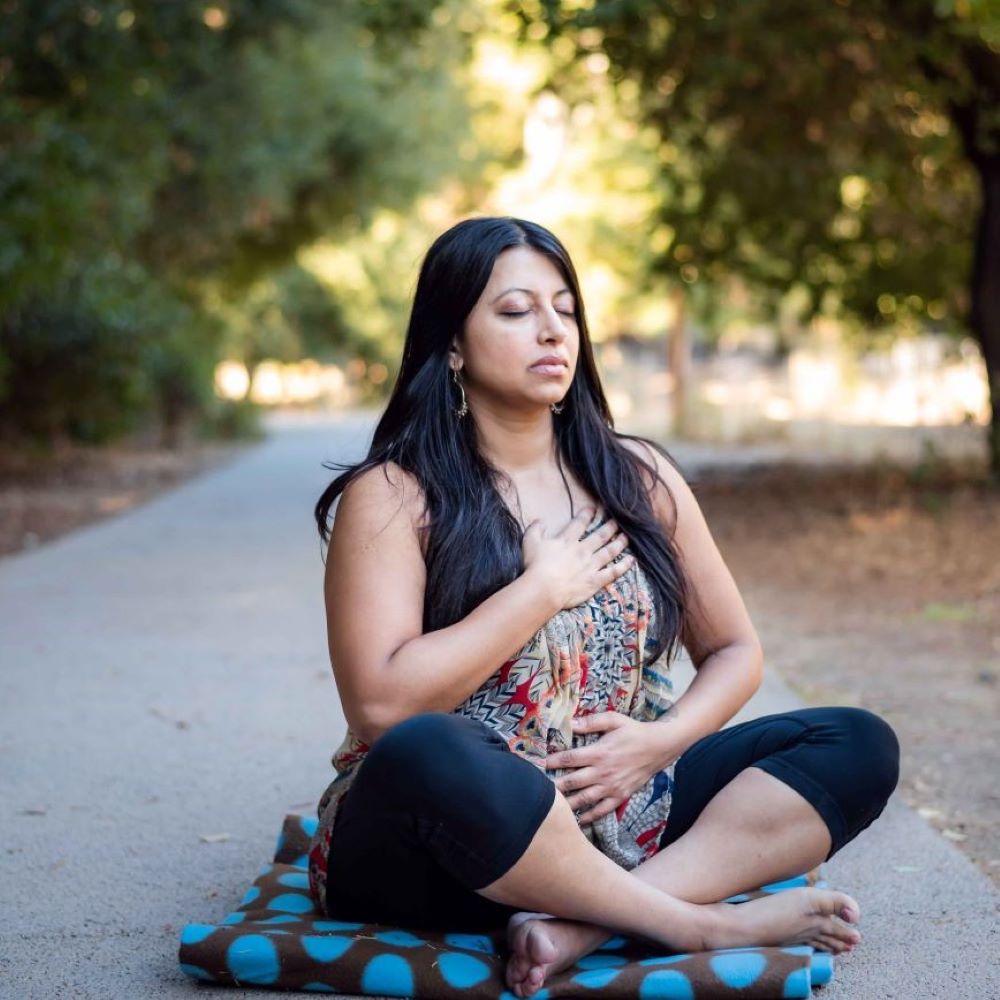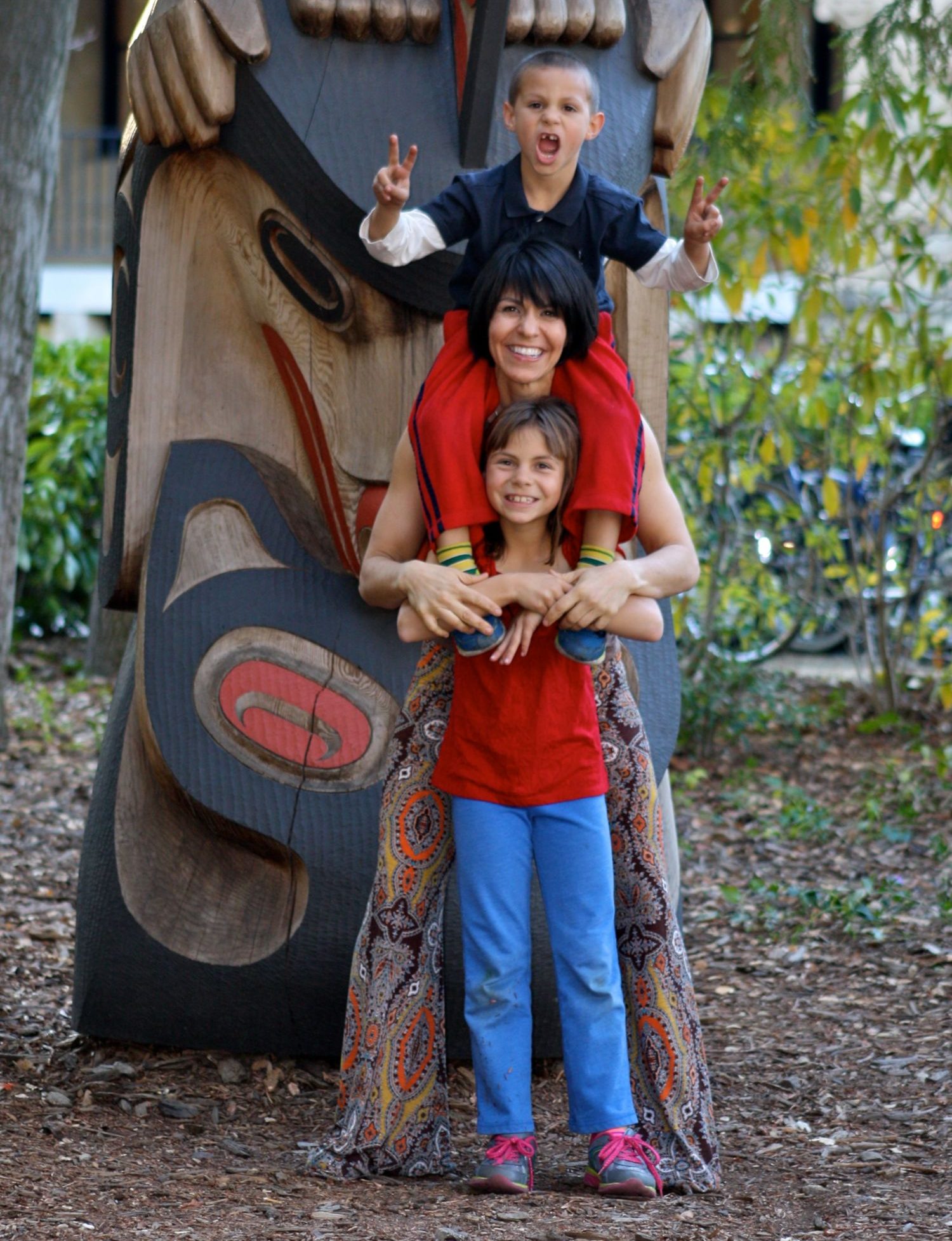“If you lose your way, start again.”
S.N. Goenka
I have to admit, I got distracted. At the end of last year, I looked around and thought, where did my regular yoga practice go?
Today, I want to say thanks to S.N. Goenka for repeating the phrase “start again” so many times in his teachings. About fifteen years ago, I attended my first vipassana retreat at what is now called the Dhamma Mahāvana Center in North Fork, California. The retreat was seven to nine hours per day of silent meditation interspersed with audio recordings of S.N. Goenka’s teachings.
The repeated phrase I remember most from that retreat: “If you lose your way, start again,” sometimes shortened to “start again, start again.” The talks acknowledged the human condition and tendency to punish ourselves and make up elaborate stories about why we have lost our way. It’s easy to get stuck there. Well, I love a good story, but this teaching is an alternative choice, an option to simply notice distraction, apply compassion, and get back to it.
Vipassana is a form of meditation in which one concentrates on body sensations to understand reality. I am not trained to teach this style of meditation, but I will say that Goenka teaches a whole-body scanning technique, taking time to notice the physical body from head to toe and from outer-energy field to the innermost part of the cells. As you might imagine, with the “Look, squirrel!” Bay Area mind, even after days of shedding layers of distraction, it’s easy to get lost – lost in thought, story, more than one physical pain, emotion, or ether. And the goal is not to get lost; as I understand it, the goal is to witness and experience without judgement.
After the retreat, I was hooked. I went on a long cross-country trip, camping solo for weeks, practicing vipassana for at least two one-hour sessions per day outside in nature. I continued my dedicated practice for a few years, but cut back to once a day, then once a week, then poof! Where did my meditation practice go?
It’s a similar sequence of events with my yoga asana practice (you may be able to relate). This applies to anything that you have started and stopped but want to start again.
Thanks to the memory of Goenka’s unique voice and effective repetition that still sticks with me today, for the past few weeks I have been starting again: 20 minutes to two hours, whatever time I can get, I start again. I will tell you, it hurts! I struggle to stay on the mat. The phone beckons and woos, and I find myself next to my mat checking the news or the latest discount in my inbox. Surely, if I’m considering purchasing underwear from Sofia Vergara at 6:30am, standing next to my mat with a lit soy candle, I have lost my bleeping way.
With practice, self-compassion is getting a little easier for me. It seems I’m constantly “doing” compassion toward myself for one thing or another. But, it’s worth it. With compassion comes a way of being. So, if you’re considering whether you should do the thing and when, I would say, clear away the obstacles to doing the thing. Put your clothes out the night before. Drop the story. And start again. (“Start again. Start again. Start again.”)















One reply on “What I Learned From a Silent Retreat”
[…] in the comments section. Read all of our content about being in service. Read What I Learned From a Silent Retreat by Katie Hoover, and/or watch Marcela Christjansen’s video, Start from the Beginning. […]